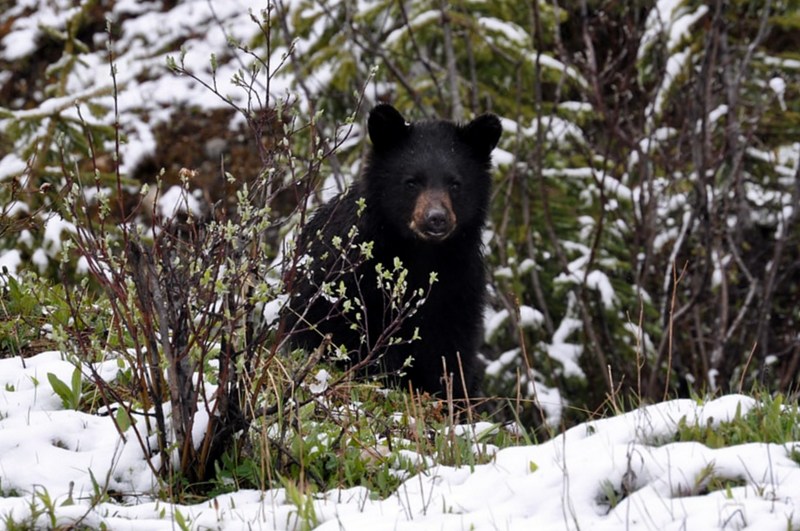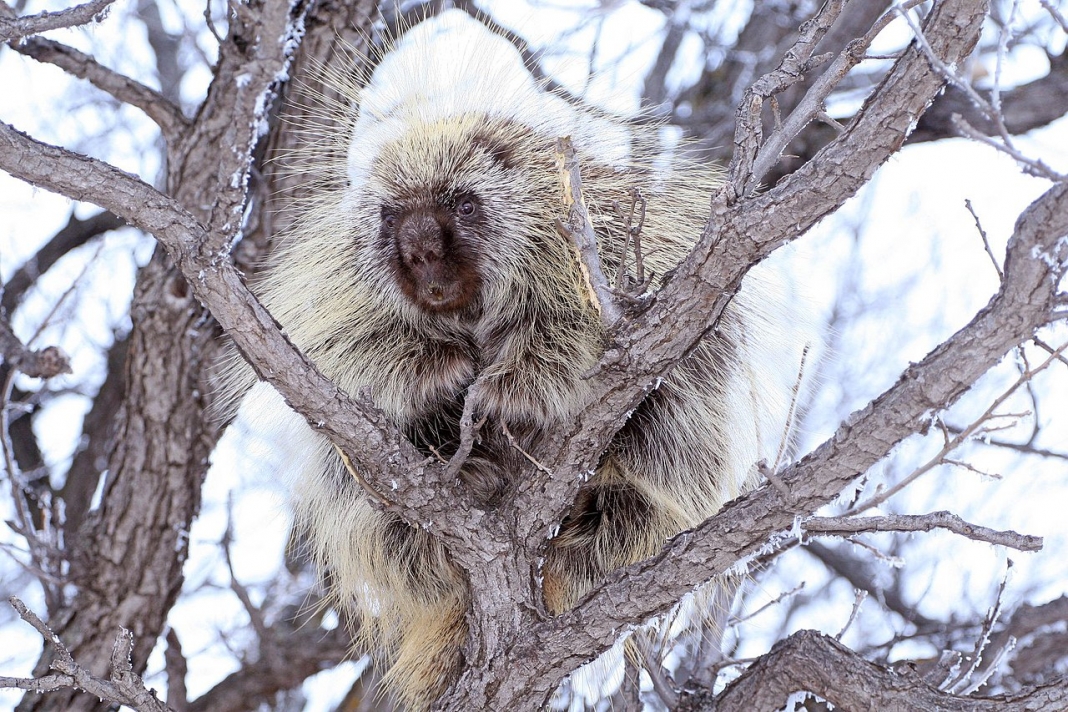You might have heard that black bears are increasing in population in West Virginia. What should you do if you see one when you're hiking in the woods? Do you need to be concerned?
The bear population has been increasing here, it's true, but I've hiked thousands of miles in the state and have never seen one, so I wouldn't let the fear of meeting a bear dissuade me from enjoying the outdoors. No fatal attack by a black bear has ever been confirmed in West Virginia.
As to what you might do, or how you might avoid a bear encounter, it's important to understand a bit about black bear behavior.
The American black bear is the only bear known to inhabit West Virginia, and they are not regarded as aggressive in comparison to polar bears and grizzly bears. Unlike polar bears and grizzlies, black bears are typically avoidant of humans rather than aggressive.
Black bears typically live in forested areas and venture into populated areas only when driven by hunger. Here the most dangerous interactions between bears and humans occur. The majority of confrontations tend to be motivated by hunger rather than territoriality
Unlike grizzlies, female black bears do not display the same level of protectiveness to their cubs and will seldom attack humans in their vicinity.
Once a bear has noticed you and is paying attention to you, the National Park Service provides the following strategies to help prevent the situation from escalating. This advice also applies to grizzlies and brown bears.
- Identify yourself by talking calmly so the bear knows you are a human and not a prey animal.
- Remain still. Stand your ground, but slowly wave your arms. Help the bear recognize you as a human. It may come closer or stand on its hind legs to get a better look or smell. A standing bear is usually curious, not threatening.
- Stay calm, and remember that most bears do not want to attack you. They usually just want to be left alone. Bears may bluff their way out of an encounter by charging and then turning away at the last second. Bears may also react defensively by woofing, yawning, salivating, growling, snapping their jaws, and laying their ears back.
- Talk to the bear in low tones. This will help you stay calmer, and it won't be threatening to the bear. A scream or sudden movement may trigger an attack. Never imitate bear sounds or make a high-pitched squeal.
- Pick up small children immediately.
- Hike and travel in groups. Groups of people are usually noisier and smellier than a single person. Therefore, bears often become aware of groups of people at greater distances, and because of their cumulative size, groups are also intimidating to bears.
- Make yourselves look as large as possible. For example, move to higher ground.
- Do not allow the bear access to your food. Getting your food will only encourage the bear and make the problem worse for others.
- Do not drop your pack as it can provide protection for your back and prevent a bear from accessing your food.
- If the bear is stationary, move away slowly and sideways. This allows you to keep an eye on the bear and avoid tripping. Moving sideways is also non-threatening to bears.
- Do not run, but if the bear follows, stop and hold your ground. Bears can run as fast as a racehorse, both uphill and down. Like dogs, they will chase fleeing animals.
- Do not climb a tree. Both grizzlies and black bears can climb trees.
- Leave the area or take a detour. If this is impossible, wait until the bear moves away.
- Always leave the bear an escape route.
- Be especially cautious if you see a female with cubs. Never place yourself between a mother and her cub, and never attempt to approach them. The chances of an attack escalate greatly if she perceives you as a danger to her cubs.
Should you have questions about black bear populations in the area in which you plan to hike, contact the park or forest you intend to visit beforehand. Rangers will be happy to address your concerns.
Walk far, walk free, walk often!
Did the first teddy bear come from West Virginia?

Historians seem to agree that the first teddy bear in the U.S. was crafted by toymaker Morris Michtom, who was inspired, in turn, by a 1902 panel cartoon that teased President Teddy Roosevelt for saving the life of a bear cub while hunting in Mississippi.
However, at least one West Virginian claimed that the very first teddy bear was a black bear cub captured on Allegheny Mountain and that he himself gifted it to the president. READ THE FULL STORY HERE.
Sign up to receive a FREE copy of West Virginia Explorer Magazine in your email weekly. Sign me up!


